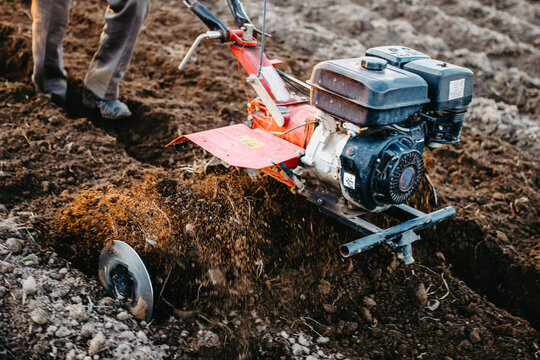Agriculture is the backbone of Zambia’s economy, with the majority of the population engaged in small-scale farming. Mechanization has become increasingly important in improving productivity, and the walking tractor is emerging as a game-changer for farmers in Zambia.
A walking tractor, also known as a two-wheel tractor, is a versatile machine designed for plowing, tilling, and transporting agricultural produce. Unlike traditional ox-drawn plows, walking tractors provide greater efficiency, require less labor, and can operate in various terrains. They are especially beneficial for smallholder farmers who cannot afford large tractors but need a mechanized solution to boost production.
One of the main advantages of walking tractors in Zambia is their affordability compared to full-sized tractors. Many models are fuel-efficient and easy to maintain, making them ideal for rural farmers with limited resources. Additionally, walking tractors can be fitted with different attachments, such as plows, harrows, seeders, and trailers, making them highly adaptable for different farming needs.
The Zambian government and agricultural organizations have been promoting mechanization by subsidizing farming equipment, including walking tractors. This initiative aims to improve food security and increase farmers' incomes. Many NGOs and cooperatives also provide training on the proper use and maintenance of these machines.
As Zambia continues to modernize its agricultural sector, walking tractors will play a crucial role in increasing efficiency and reducing manual labor. With proper investment and support, they can help transform small-scale farming, leading to higher yields and improved livelihoods for rural communities.


